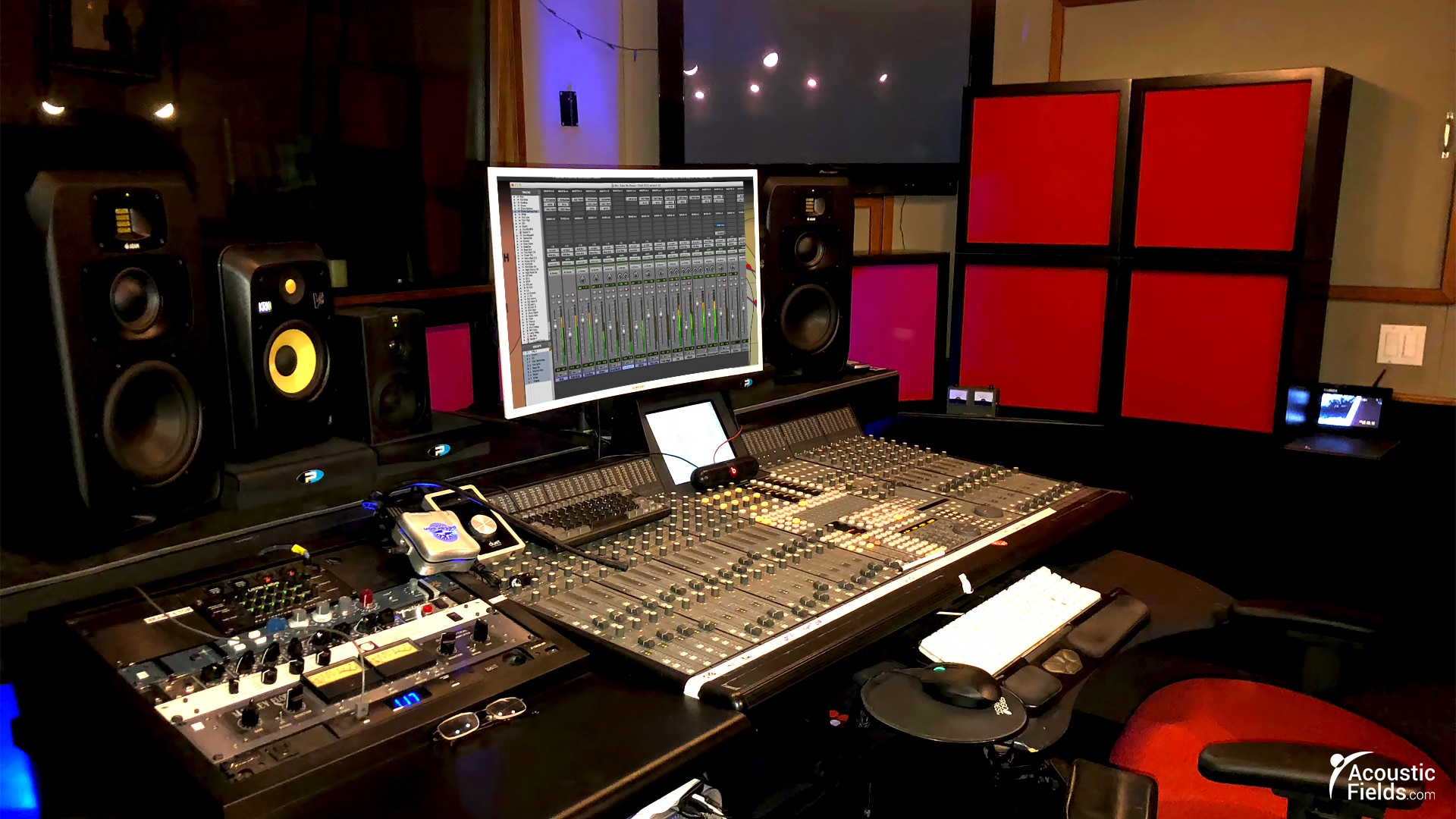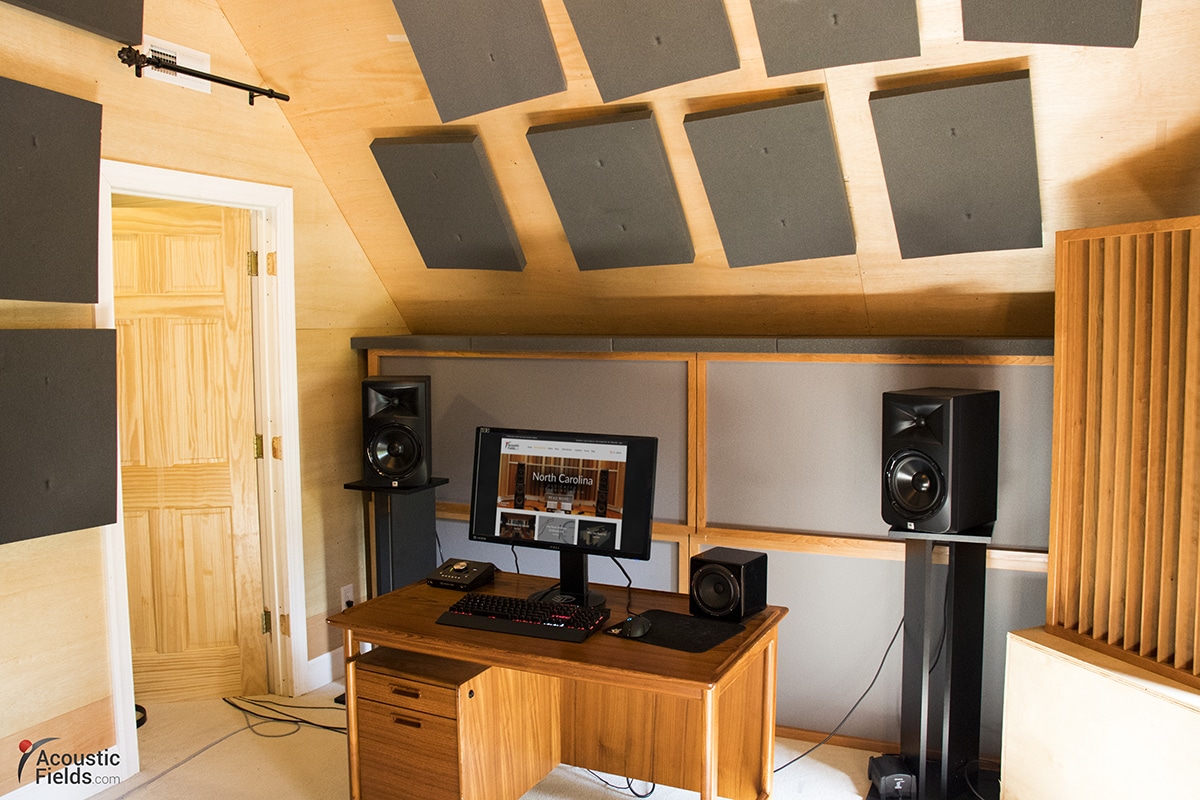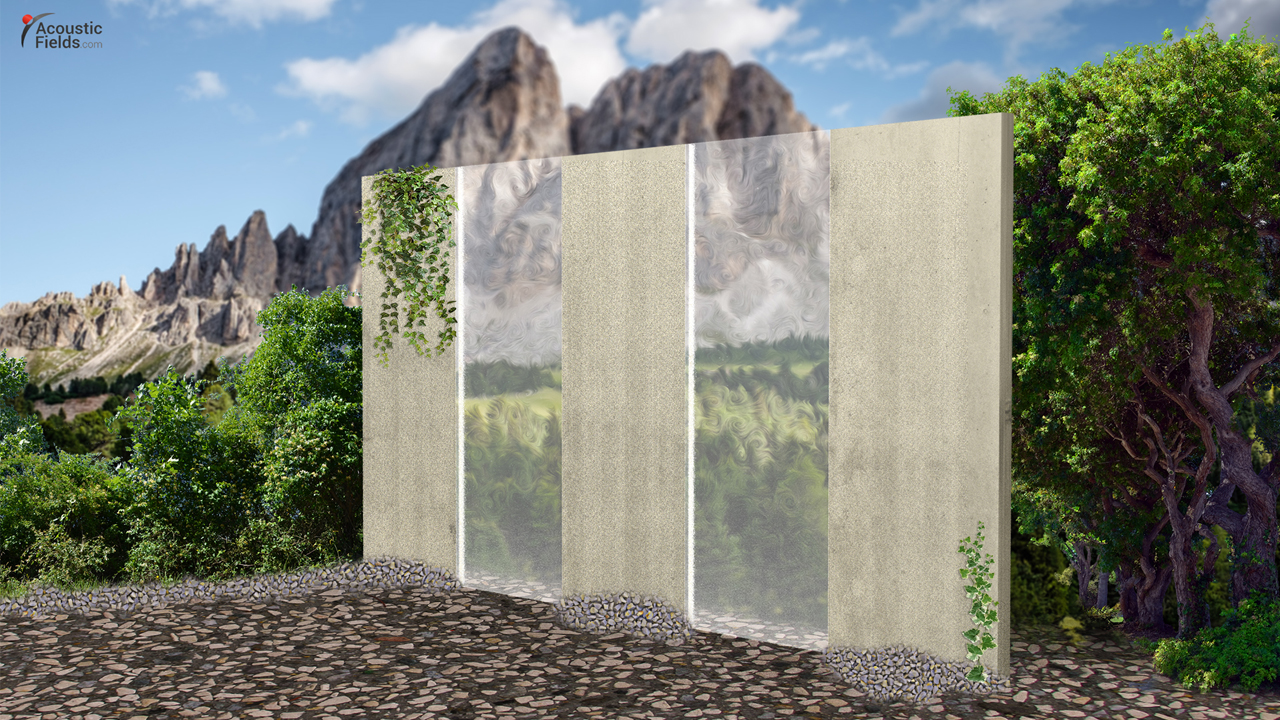Set Up Issues
I am continually amazed at two channel systems I see set up incorrectly. Some have speakers that are unequal distances from side walls. Others I see, have speakers too close to the front wall or will have one speaker a certain distance from the front wall and the other a different distance. I also see sub woofers in corners. Why would we want to place a high energy producing device in an area where all room modes exist? It is hard enough to get room resonances under control. Lets make our room tuning efforts more positive from the beginning by getting back to basics.
Sound Has Speed Limits
Speakers are an electromechanical device that produces sound energy when fed electrical current from an amplifier. Once that energy leaves our speakers, it travels at the speed of sound which we all know is constant. If we have two speakers producing a sound that is traveling through the air in our rooms and into our ears, we need to have that sound start at the same physical location every time and that physical location needs to be the same number for left and right channels. There are no exceptions to this first set up basic.
Equilateral Triangle
The equilateral triangle that is formed using our two stereo speakers and listening position must remain a triangle. The distance from each speaker and listening position should be the same number. However, that “triangle” can be positioned at different positions within our rooms. We do not necessarily have to fit it into our rectangular room so that it is centered and symmetrical with the room. Different room dimensions and the resonances produced by those dimensions will be our driving force for placing our speakers/listening position in order to achieve a smoother frequency response.
Side Wall Reflections
Side wall reflections must be managed correctly and the distance from our speakers to the room side walls must be the same. This is another no compromise variable. Our goal is to reduce side wall reflections time signature, so that it reaches our ears after the direct sound from our speakers. If we are going to manage this energy with acoustical technologies, we must have equal distance from both speakers and side wall, so that the reflected energies time signature from both side walls is constant.
Direct Vs. Reflected
How much slower the side wall reflections need to be when compared with the direct energy from our speakers is a subjective question. The direct energy is the energy that travels in a straight line from our speakers to our ears. The exact number is open for discussion, but we are talking about a time window that is denoted in milliseconds, not seconds. Current thinking is in the 15ms. to 20ms. range. The human ear can detect time differences as low as 1ms. We can choose absorption or diffusion to tackle this reflection issue.
Room Treatment
If we use absorption, we must use the same amount and type on each side wall as our starting point. I recently saw an installation that had a glass window for the right channel side wall and a book case filled from floor to ceiling with books as the left channel side wall. One can not treat the patient when we now have two different surfaces to deal with with that have vastly different acoustical signatures. Over absorbing on one side wall and under absorbing on the other side wall produces an unbalanced coloration to our presentation at the listening position.
Ambient Noise Levels
Another often overlooked but incredibly important variable is the ambient noise level in the hi-fi room. Air conditioning ducts with air moving through them and then striking a vent with horizontal and vertical vent slats can contribute immensely to room noise levels. To test this, go sit in your car in the garage and listen to a few songs on your car system. Pick certain parts of those songs that you really know and like and focus on those parts. Pick parts that represent low, middle and high frequencies. Start the car and drive. Don’t forget to open the garage door.
Song Parts
Listen to those same song parts as you are driving. Pay particular attention to the tire road surface contact. Listen to how all that frictional energy is transmitted through the car frame and then into the car body. Notice how just that one noise source contributes to the background noise madness. Now, listen to the engine noise added in. You get the idea.
Low Frequency Energy Management
Low frequency energy must be managed just like the ambient noise levels in our listening rooms. We must reduce the pressure exerted within the room by absorbing certain amounts of low frequency energy and doing it at the proper rate of absorption to have a sonic impact. Pressure sensitive, low frequency, absorbers must be positioned in the highest pressure areas of the hi-fi room to lower the pressure in those areas at the proper rate to impact the overall room low frequency decay rate.
No Wiggle Room
Speaker to speaker, speaker to listener, and speaker to all room boundary surfaces distances must be chosen to produce the smoothest, room frequency response within our hi-fi room. Our “equilateral triangle of two speakers and listening position, can be moved within our room, but only as a unit. Absorption and diffusion must be used in the correct places. When using diffusion, we must be at the correct distance, so that the diffused waveform has enough distance to fully form before it gets to the listening position. Don’t forget about bass boom. If you do, it won’t be long before you are reminded that it still lives within your room. All of this headache and it refuses to pay rent.
In Summary
I hope today’s discussion helps solve the problem you are having. Please message me at info@acousticfields.com if you have any questions as I am always happy to help. If you want more to learn more about room acoustics please sign up for our free acoustic video training series and ebook. Upon sign up you will instantly have access to a series of videos and training to help improve the sound in your studio, listening room or home theatre.
Thanks
Mike






We use broadband absorption in the two most critical frequency regions in small rooms. Our Diaphragmatic absorbers, ACDA series, have…
Interesting web site and provocative introduction. Please check your copy for typos, otherwise nicely presented. I would like to see…
There is no such thing as soundproof anything especially carpet. Low frequency noise transmission requires a permanent construction fix with…
Hello Dennis! Our neighbors put a Ice Bath in their garage which is right below our bedroom and the Low…